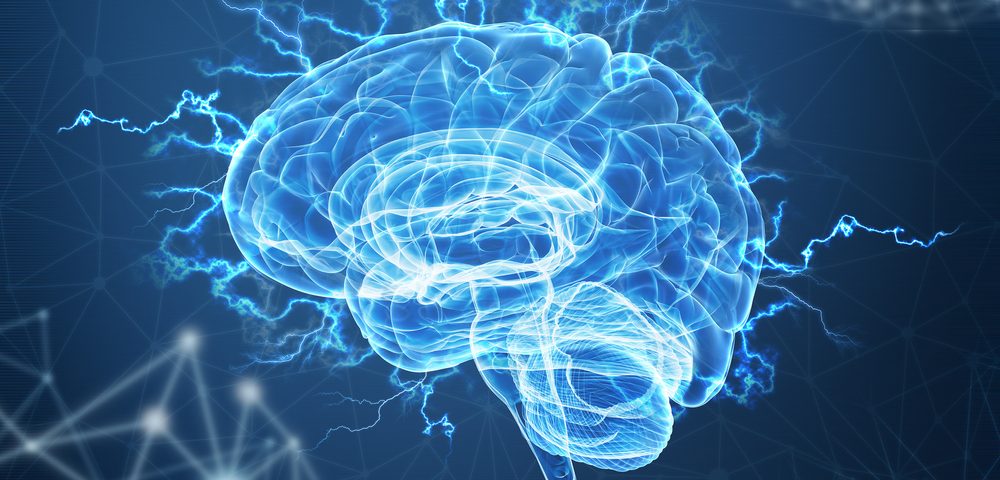ALS Therapy Development Institute Launches #AskMeAboutALS Effort for ALS Awareness Month

In observance of ALS Awareness Month, the ALS Therapy Development Institute (ALS TDI) has launched a campaign aimed at sparking more discussion about the progressive neurological disease.
A leading non-profit drug discovery center focused solely on amyotrophic lateral sclerosis (ALS), the institute hopes to build on the awareness-promoting Ice Bucket Challenge, which in 2014 became a global social media phenomenon, even if many of those who donated or participated have little knowledge of ALS, an institute news release said.
To help remedy that, the institute is encouraging patients, caregivers and advocates to use the social media hashtag #AskMeAboutALS to inspire questions outside the ALS community about the disorder, and push for therapies and a cure.
”Like many people, I participated in the Ice Bucket Challenge without really understanding what I was fundraising for,” said Meghan Lawlor, the institute’s senior director of marketing and communications.
“It wasn’t until I joined ALS TDI that I realized how little I knew about ALS, how devastating this disease actually is, and how important it is that we find viable treatments. I really hope that #AskMeAboutALS educates more people about what it means to have ALS.”
In addition to sharing photos and information on social media — in hopes of eliciting questions and other feedback — participants are asked to consider hosting events, or wearing buttons bearing the hashtag. The overarching goal is to create a dialogue to get people to understand that, the annual Ice Bucket Challenge notwithstanding, support is still needed.
The disease causes the death of motor neurons, which control voluntary muscles. Upper motor neurons send messages from the brain to the spinal cord, and lower motor neurons send them from the spinal cord to the muscles.
Over time, ALS causes motor neurons in the brain and spinal cord to shrink and die. With the loss of motor neurons, the brain is no longer able to control muscle movement, rendering muscles smaller and weaker. A few years after diagnosis, people with ALS lose the ability to perform everyday tasks such as walking up steps, reaching for items, or dressing themselves. While there is no cure, treatment can extend the length and quality of life of patients.
On average, more than 5,600 U.S. residents are diagnosed annually with the disorder, commonly known as Lou Gehrig’s disease.
A biotech organization, the 20-year-old ALS TDI is led by drug development experts working closely with ALS patients.






